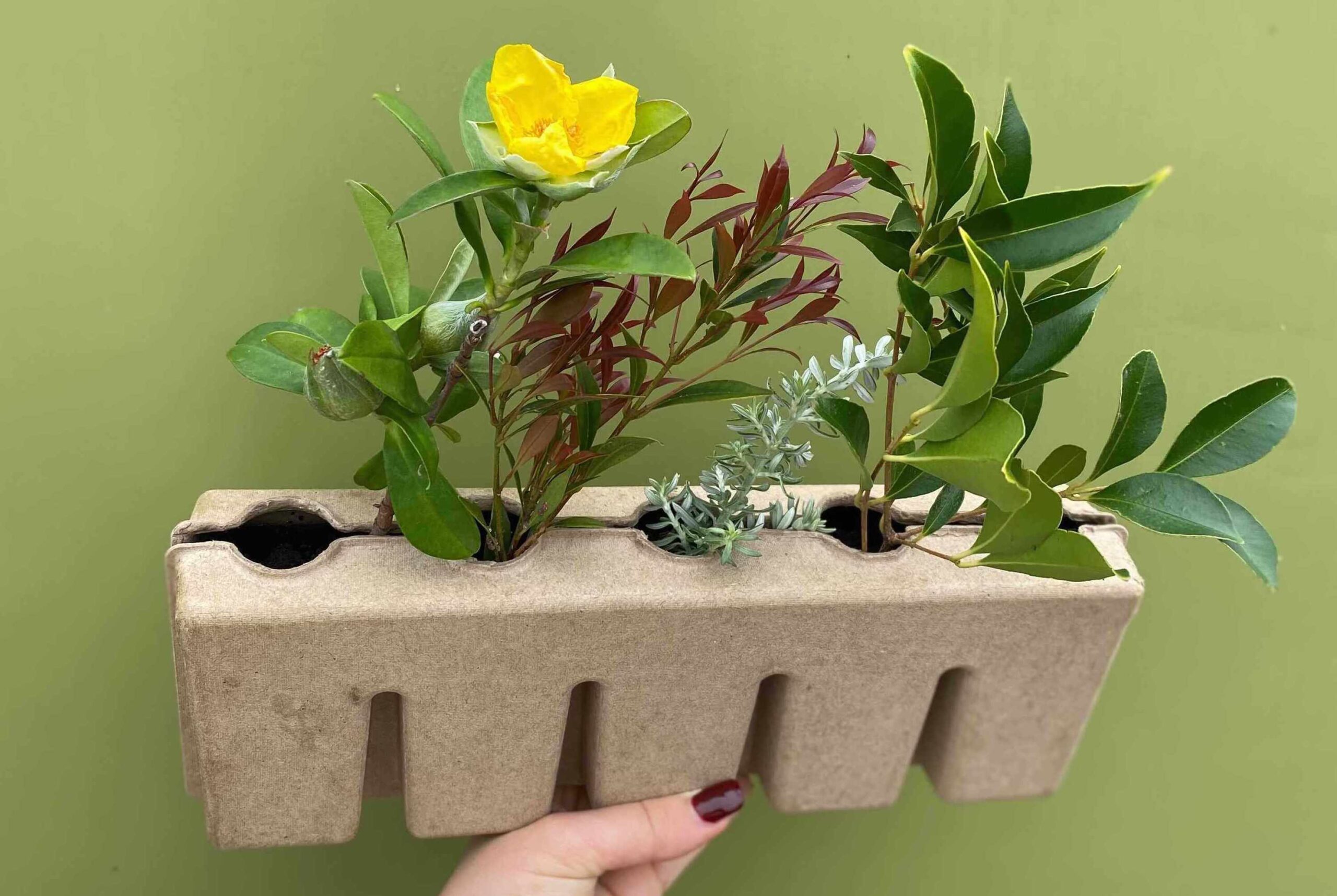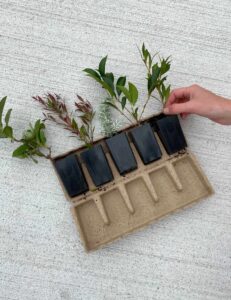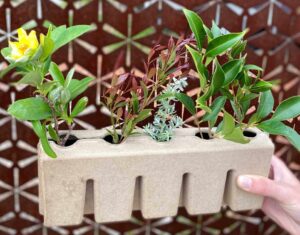Sugarcane Pulp (Bagasse);
A More Sustainable Packaging Material
Written by Amanda Dickens

Increased awareness of the need to use environment-friendly products in daily life has allowed bagasse disposable product containers to gain massive traction. Bagasse product packaging is also turning out to be a fan-favourite among consumers because of its water-resistant features, sturdy structure and unique thermal characteristics.
What is Bagasse?
Can you picture the pulpy residue material that’s usually left over after the extraction of juice from sugarcane? Well, that is bagasse. It is acquired in large quantities in countries like Thailand, China, Vietnam, and Brazil, where sugar production is generally high. It is mainly composed of hemicellulose and cellulose in addition to lignin and small quantities of waxes and ash.
What was considered a waste during sugar production is now outperforming cardboard as a more sustainable packaging material. Why?
- This fibrous residue is obtained from the discards of sugar production once the juices have been extracted from each stalk, reducing water and CO2 consumption during bagasse production.
- Bagasse is made of 100% compostable materials. It won’t pile on dumpsites for decades or poison our oceans.
Uses of Bagasse
In the past, bagasse was considered to be a waste material, which is burnt in massive fields. However, advancements in the field of science have helped identify the various applications of this material, including the following:
- It is utilised as a fuel source in sugar mills due to the heat energy it emits. New cogeneration technologies are being designed to generate 200 to 300 kWh of electricity from each tonne of bagasse material. Scientists are also investigating the prospect of it being used as biofuel.
- Bagasse, when processed, is suitable for writing and printing. It is mostly used to make boards and boxes (product packages).

Health experts at Monkey Foodz say, “Food distributors in Melbourne and other cities are using Bagasse on a wide-scale basis due to its eco-friendly properties. It is also used as packaging for clothes, appliances, and electronics.”
Key Eco-Friendly Characteristics of Bagasse
Scientists have continually advocated for the mindful usage of products that may pose a danger to the environment. There are a number of environmentally-friendly benefits associated with choosing bagasse, including the following:
Renewable
Bagasse is a renewable product since it is produced using the leftover sugarcane discards, decreasing water and CO2 usage. It can easily be topped since the residual sugarcane product can be sourced after each harvest period.
Compostable
Bagasse is entirely home compostable and can disintegrate in less than 90 days. Whereas Styrofoam takes centuries to degrade, causes millions of microbeads to land in our waterways and it’s super hard to recycle, if at all.
Easily Available
Bagasse materials are easily obtainable as a result of the widespread use of sugarcane crops in various countries. The sugarcane crop has a high bioconversion efficacy and can be reaped in one season. For each tonne of sugarcane stalk that’s crushed, it can yield about 30 tonnes of bagasse material.
Bagasse As Product Containers
Online grocery shopping outlets in the UK have recorded an increased demand for Bagasse food packaging materials, and companies are responding in kind by using the latest techniques to produce these food containers.

The manufacturing procedure entails the following steps:
- After the juice has been drawn out from the sugarcane stalks, the fibrous residue that remains is stored wet, and the short fibres that still have some sugar residue are removed.
- The Bagasse material is combined with water until a pulpy texture is attained.
- Eco-friendly additives or bleaches can be added to boost the strength of the Bagasse mixture. However, this is optional.
- The pulp mixture is then poured to form required shapes, from where it is treated under high temperature and pressure to make clamshell meal boxes, bowls, and bagasse plates.
According to research, 161 million tons of plastic packaging is currently being produced and 40% of it is only used once. That’s a lot of waste, especially when you know that 8% of global oil production is dedicated to the creation of plastic. While many places have strong recycling policies, not all plastic variations can be recycled. Furthermore, each time this material is recycled, it loses some of its quality.
The packaging industry is therefore exploring eco-friendly alternatives, such as bagasse.
Bagasse: A Real Deal for the Circular Economy
A circular economy is a system where resources are re-used with minimal to zero decreases in quality. It aims to eliminate waste, pollution, and environmental destruction. The most common methods used in this system are reuse, recycling, repair, remanufacturing, and refurbishment. This type of approach is necessary to achieve sustainable development.
By using bagasse, we can reduce the waste from sugar production. What used to be discarded and left to rot can now be used to create high-quality packaging.
Although repetitive recycling can take a toll on its fibrous structure, it can be composted at the end of its life–which closes the loop. Additionally, production of bagasse-based product packaging uses less energy and emits less carbon dioxide.

Have a specific design in mind for your brand? Well, you are in luck! RooCreate designs and produces bagasse products for all types of clients. It is completely customisable!
Are you looking for eco-friendly containers?
Live a plastic-free life!
Going green is easy with ROOCREATE!
We create eco-gift boxes, eco-pouches, eco-bags, and many more!
Unbox nature’s gift for you!
CONTACT US_ tel:+610467057640
